Selecting the Right Base For Your Air Plant Terrarium
Terrariums are a fun way to add a bit of green to any space, and with the addition of different types of bases, you can really make your terrarium stand out! We get a lot of questions about how to display air plants in terrariums, like what kinds of bases to use, and whether they need soil. etc. Below you will find some tips for choosing the right bases and accents to make a beautiful air plant terrarium!
For the base, you can use preserved reindeer moss, decorative sand, small rocks, seashells, bark, marbles, etc. The possibilities are endless when it comes to colors and textures of sand and rock for terrariums so have fun with it!
You don’t need soil for your air plants to thrive, so no need to include it here. In fact the majority of air plants should NOT be planted in soil. You can easily layer moss, sand, or rock to create variation and texture in your terrarium.
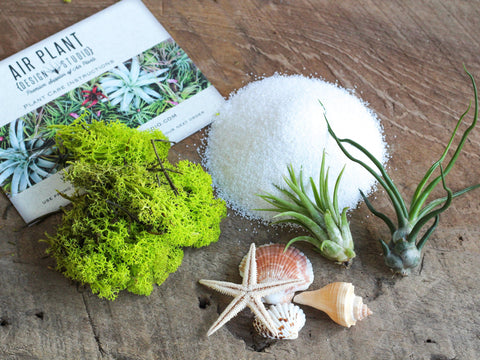
You don't want your air plants sitting against any moisture in their terrariums or holders, so make sure whatever base you use is completely dry.
Another thing to keep in mind is the kind and size of terrarium you are building. Where will this terrarium be displayed? Is it hanging or will it sit tabletop? Answering these questions should help you decide on what substrate to use in your terrarium. Moss as a base layer may be better for hanging terrariums since moss isn’t as heavy as sand and will be less likely to shift around and cause a mess if the terrarium sways a bit.
Little pieces of bark or driftwood can provide a pretty rustic look as a base or accent in your terrarium, but make sure that whatever wood you use is free of pests. We like to use orchid bark that you can find at Lowe’s or Home Depot. Be careful using bark or sticks that you might find outside, as it may have pests or bugs in it that could harm your plant.
Watering Your Plants and Terrariums:
- Make sure not to water your plants while they are inside your terrarium, as this can cause too much moisture to stay trapped amongst the moss, rock, etc. and cause your plants to rot.
-
Take the plants out and soak/mist them and then make sure they are completely dry before adding them back into your terrarium.
- There should be no water or condensation in your terrarium or sitting against the Tillandsia.
If you have any questions about making your terrarium or need terrarium supplies, shoot us an email at info@airplantdesignstudio.com, we’re happy to help! Or, if you’d like a kit that has everything that you need, look no further, we have those too! Take a look at these terrarium kits that have everything you need to create your own DIY terrarium!
<<Shop All Air Plant Terrarium Kits>>

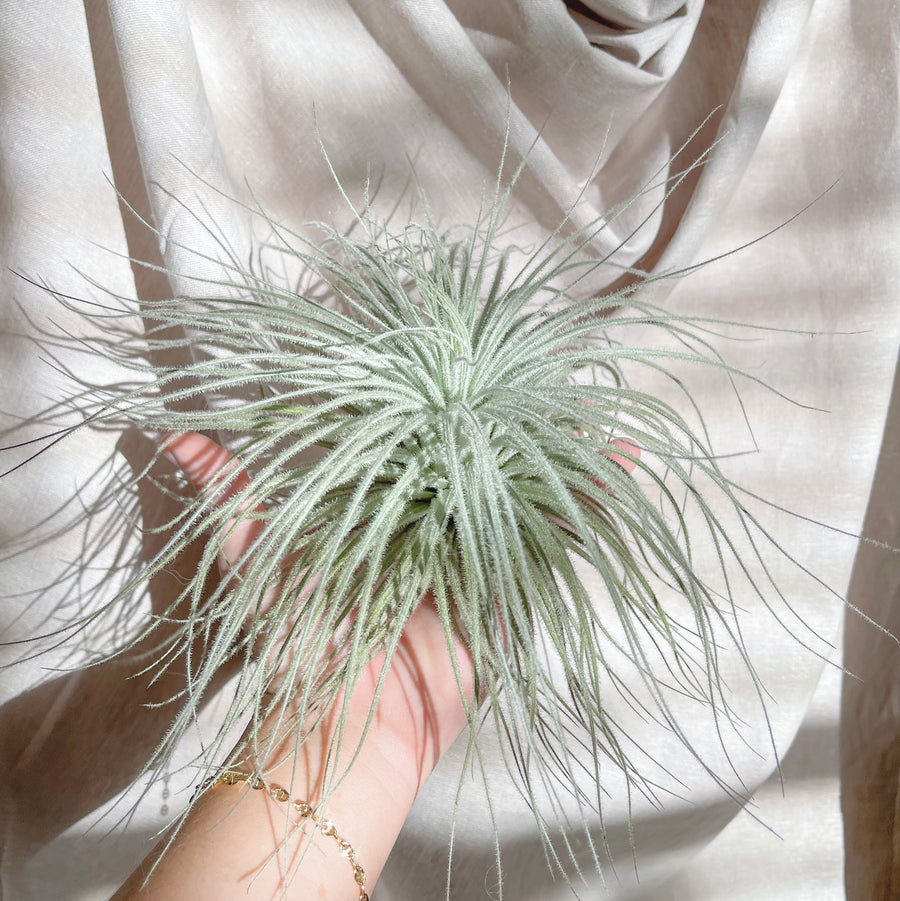
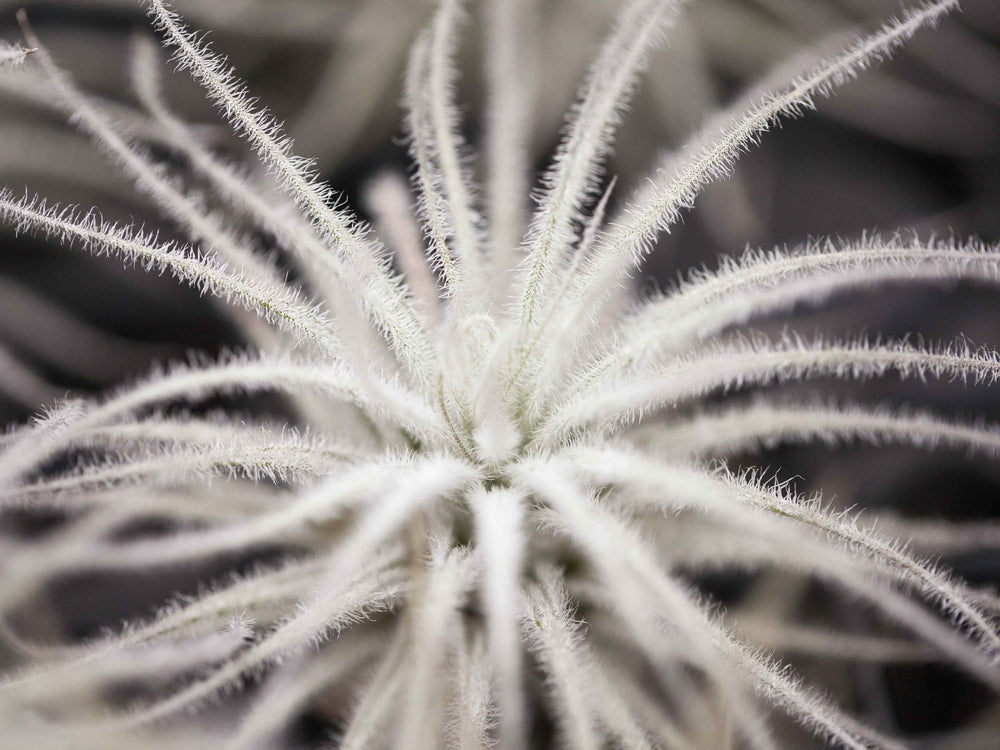
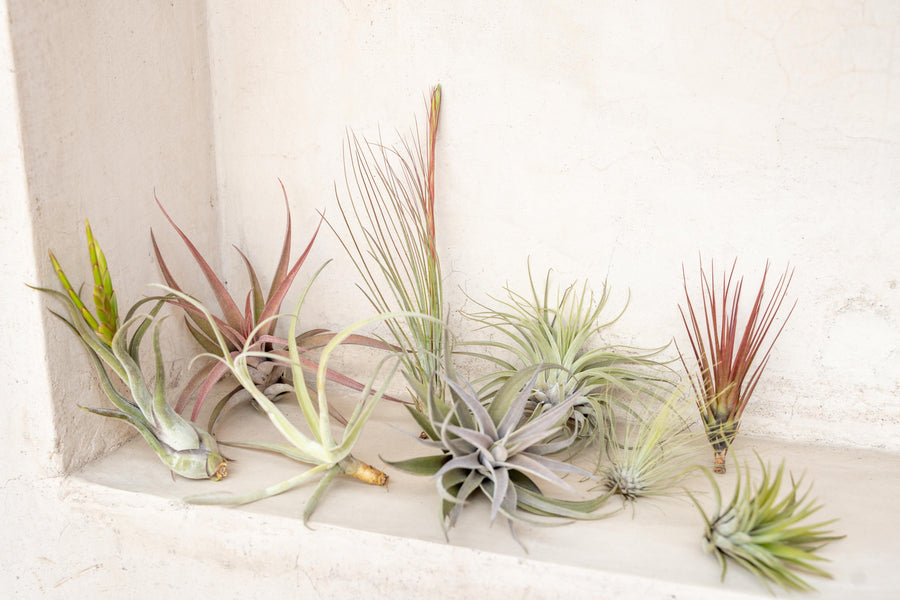
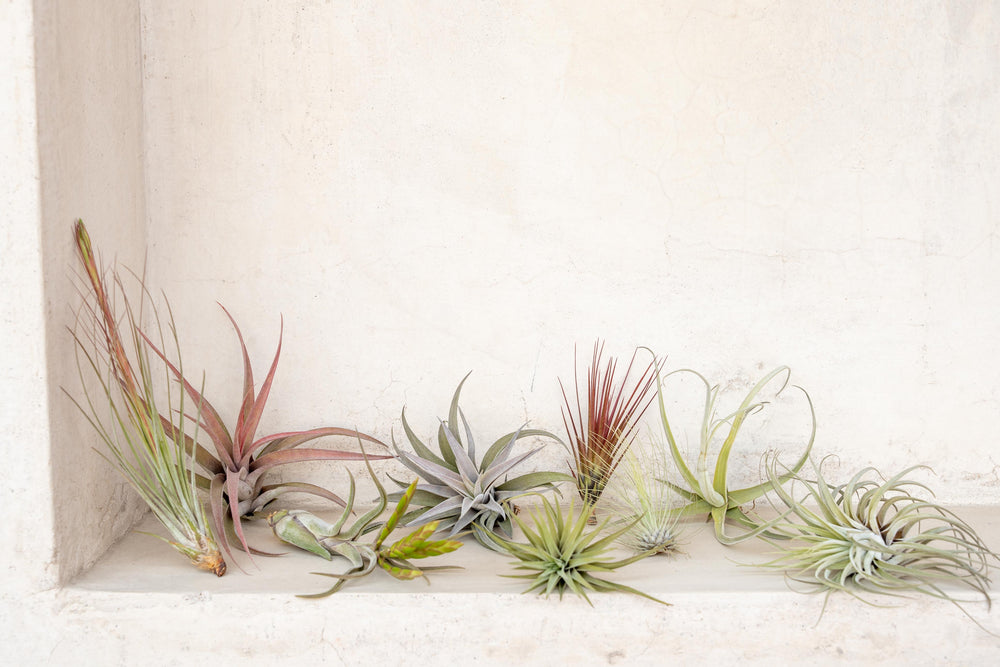
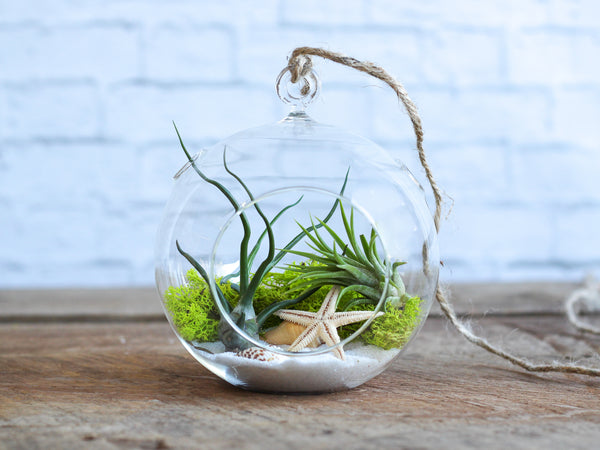
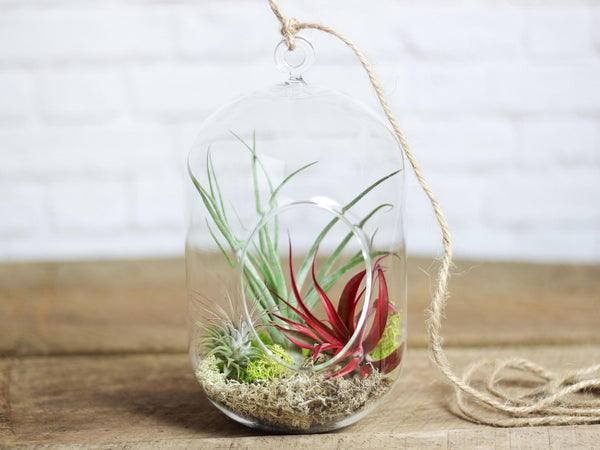


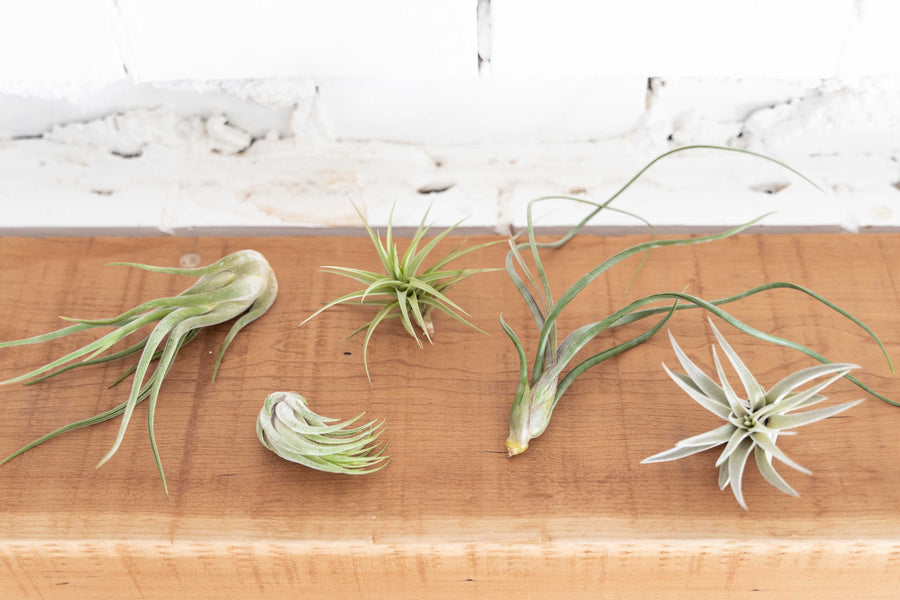
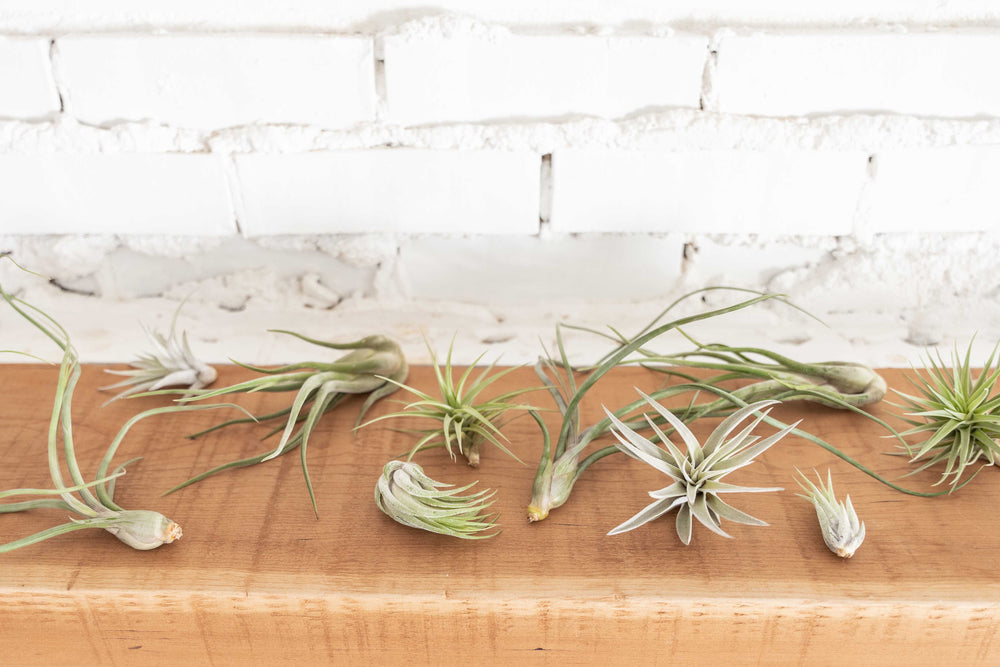
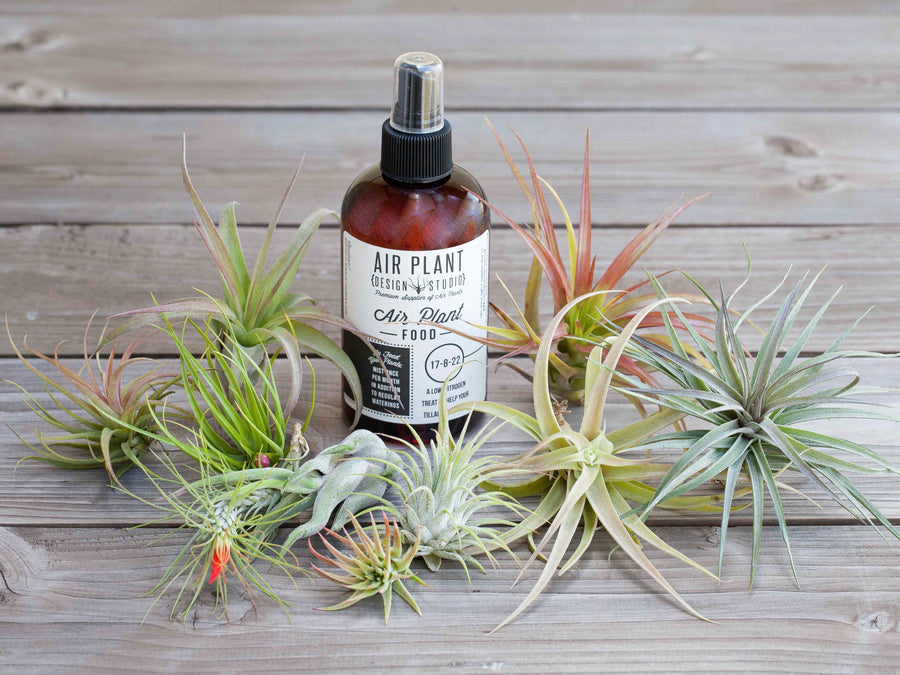
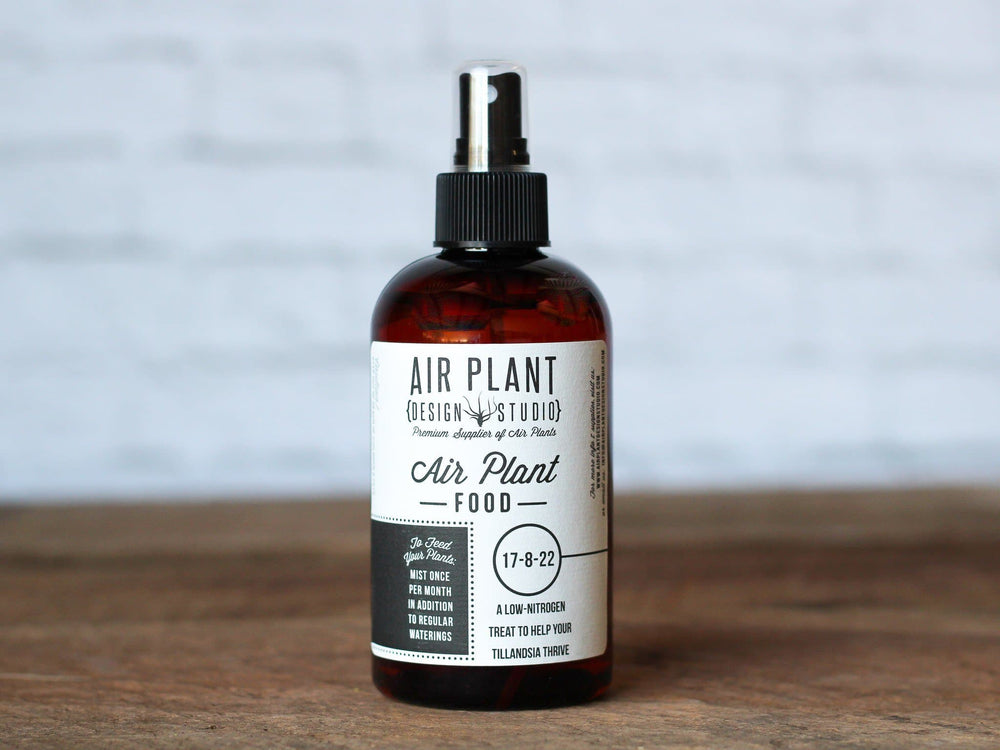
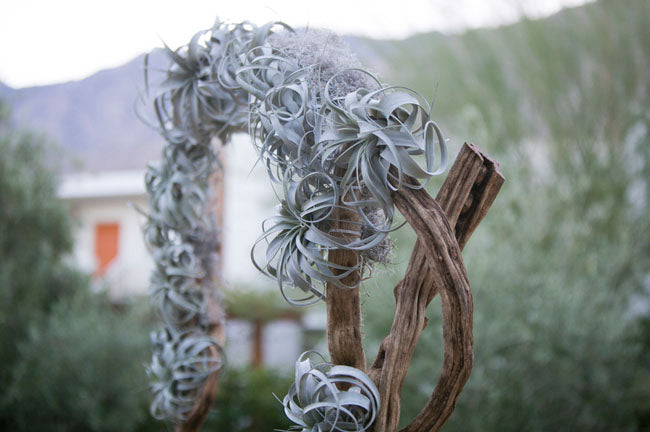
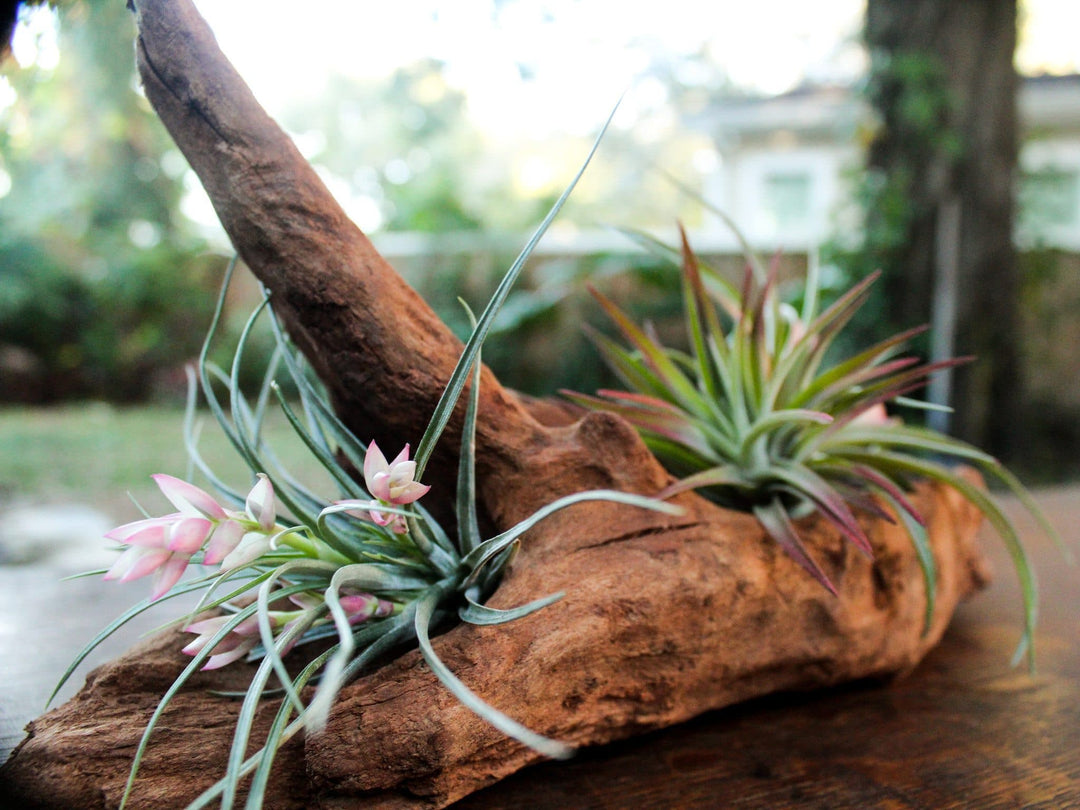
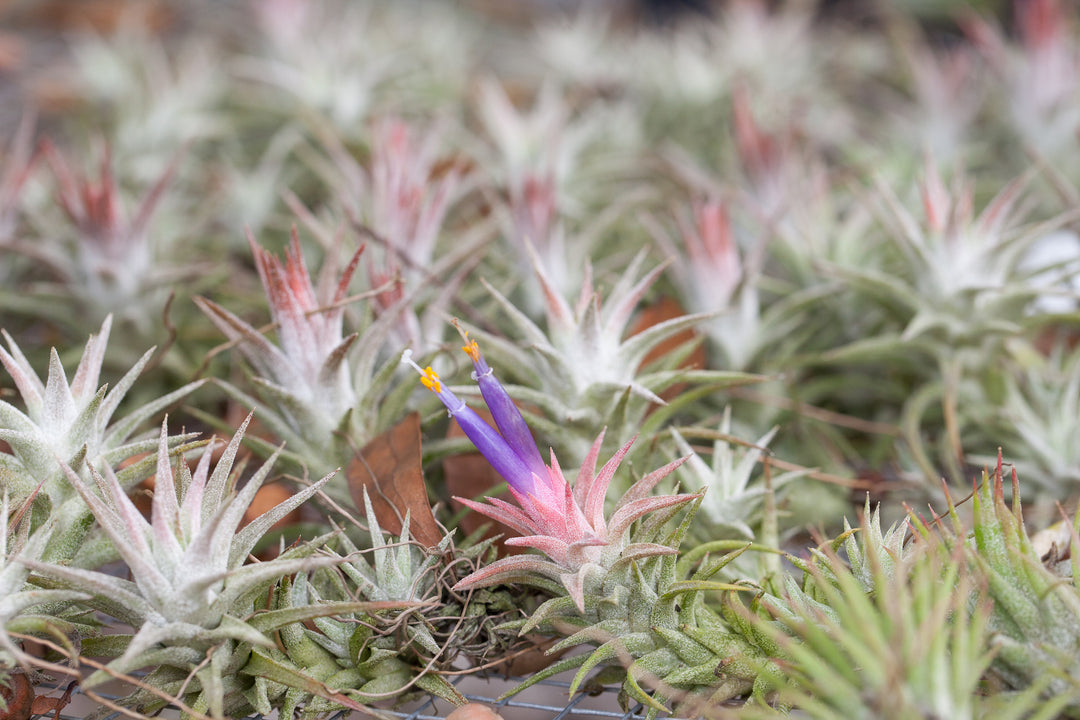
Leave a comment